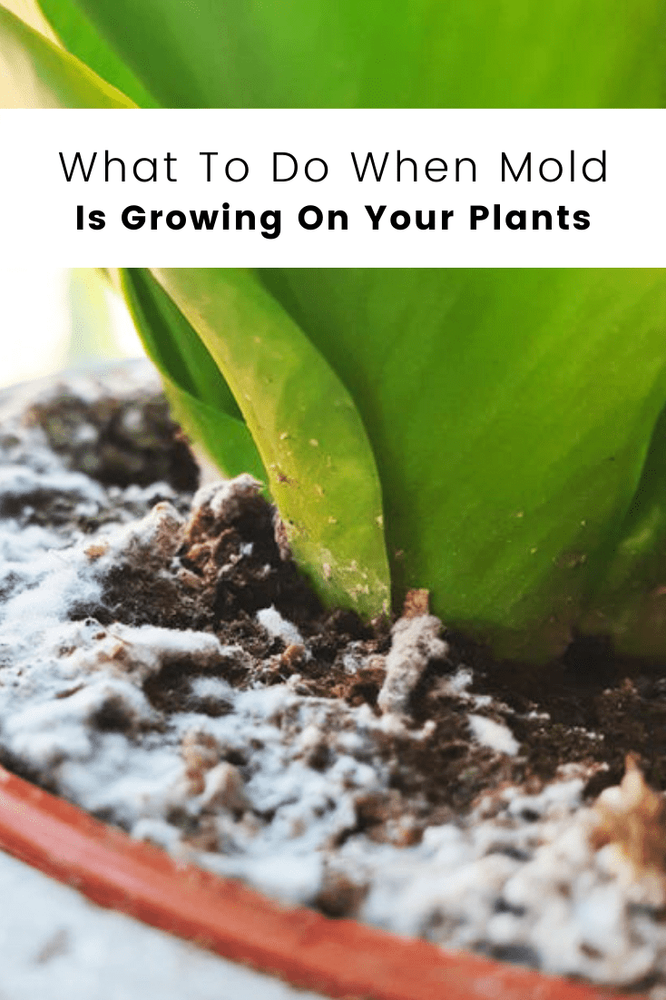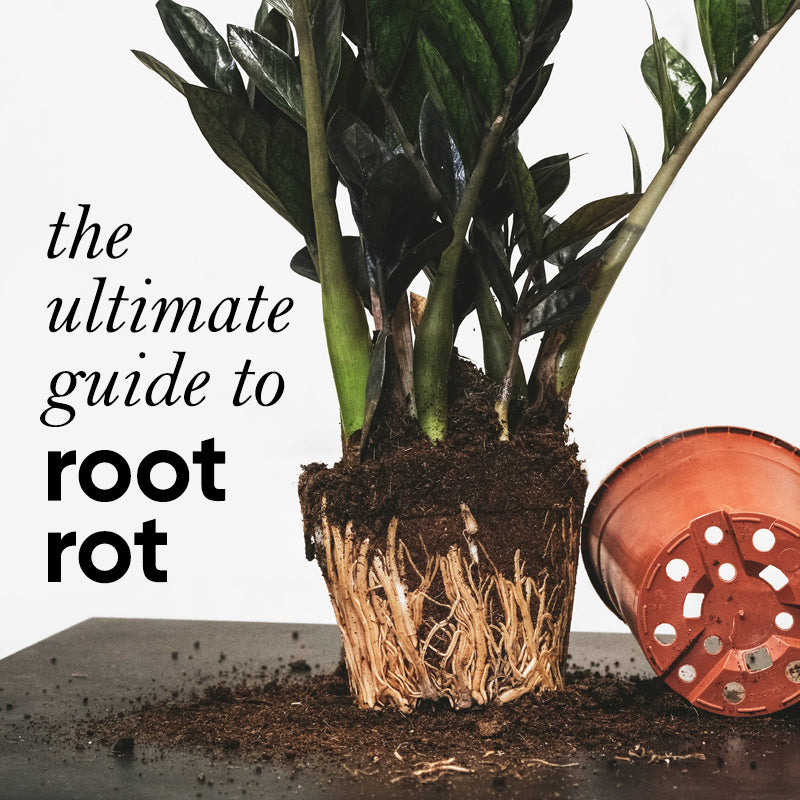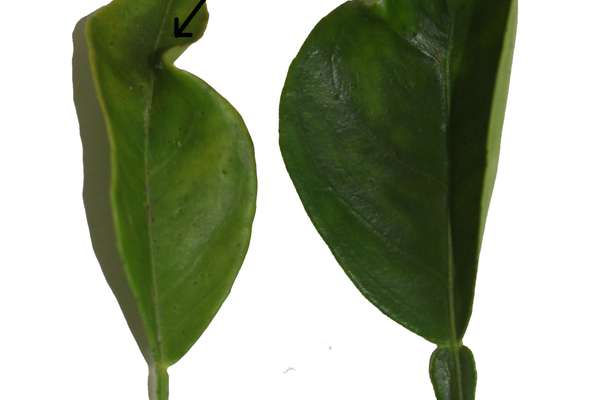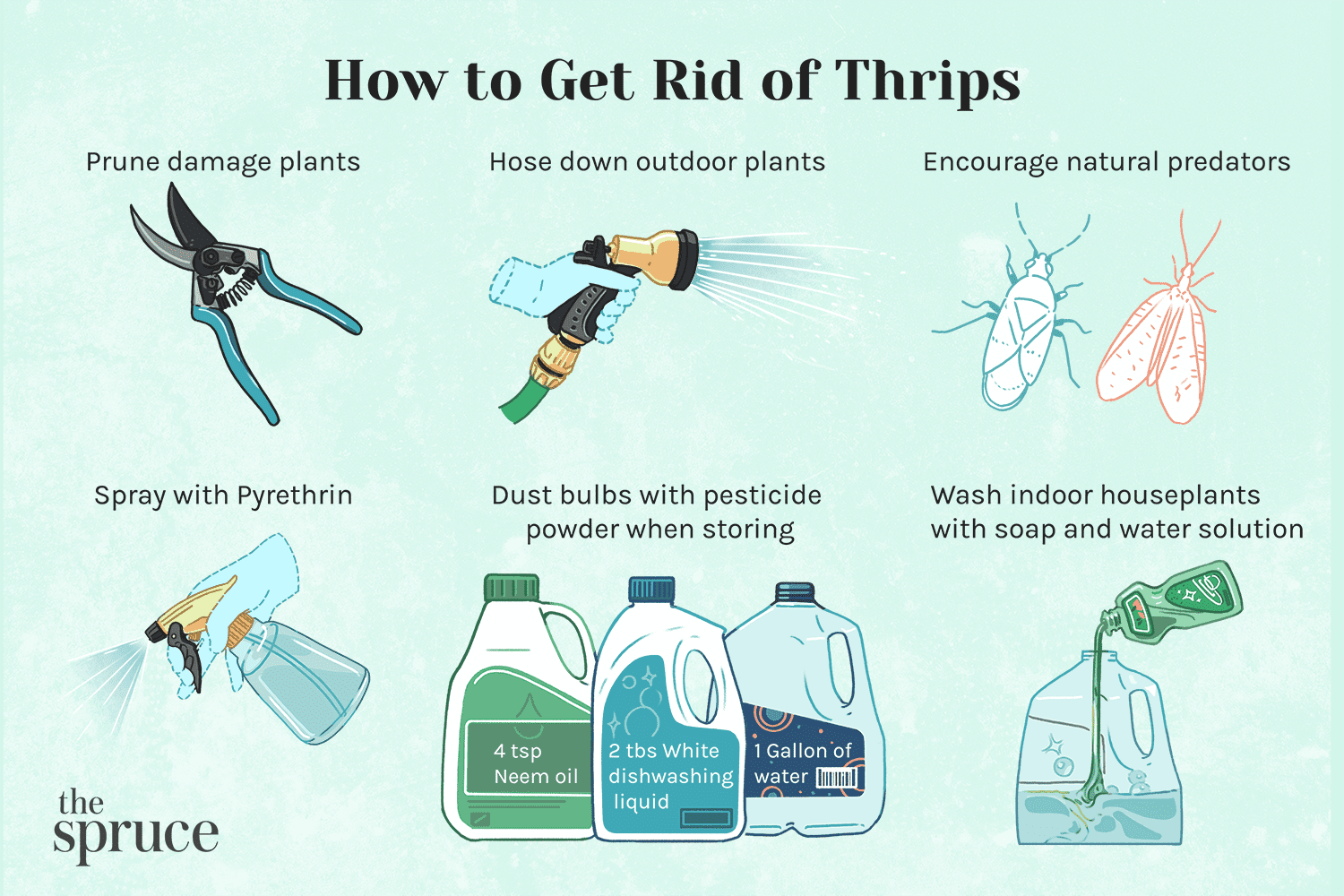How to Remove White Fuzz from Soil
So you’ve noticed some white fuzz in your soil and you’re wondering what it is and how to get rid of it. Don’t worry, you’re not alone. White fuzz, also known as fungus or mold, can be a common issue for gardeners and plant owners. But fear not, there are ways to treat this problem and restore your soil to its healthy state.
What causes white fuzz in soil?
White fuzz in soil is typically caused by a buildup of mold or fungus. This can happen for a variety of reasons, including overwatering, poor drainage, lack of air circulation, or using contaminated soil or containers. Mold and fungus thrive in damp, dark environments, so it’s important to address the root cause of the issue to prevent it from returning.
How to remove white fuzz from soil
Here are some steps you can take to remove white fuzz from your soil:
- Remove any affected plants from the soil and repot them in fresh, dry soil.
- Trim off any damaged or affected roots.
- Allow the soil to dry out completely before watering again.
- Improve drainage by adding perlite or sand to the soil.
- Ensure proper air circulation around the plants.
- Avoid overwatering and waterlogged conditions.
Preventing white fuzz in soil
To prevent white fuzz from returning in your soil, here are some tips:
- Water your plants only when the top inch of soil is dry.
- Ensure proper drainage in your pots and containers.
- Use clean, sterile soil and containers for your plants.
- Give your plants plenty of sunlight and fresh air.
- Avoid overcrowding plants, which can limit air circulation.
Conclusion
White fuzz in soil can be a common and frustrating issue for plant owners, but with the right care and attention, you can remove it and prevent it from coming back. By addressing the root cause of the problem and taking proactive steps to improve soil health, you can ensure that your plants thrive and flourish in a healthy environment.



